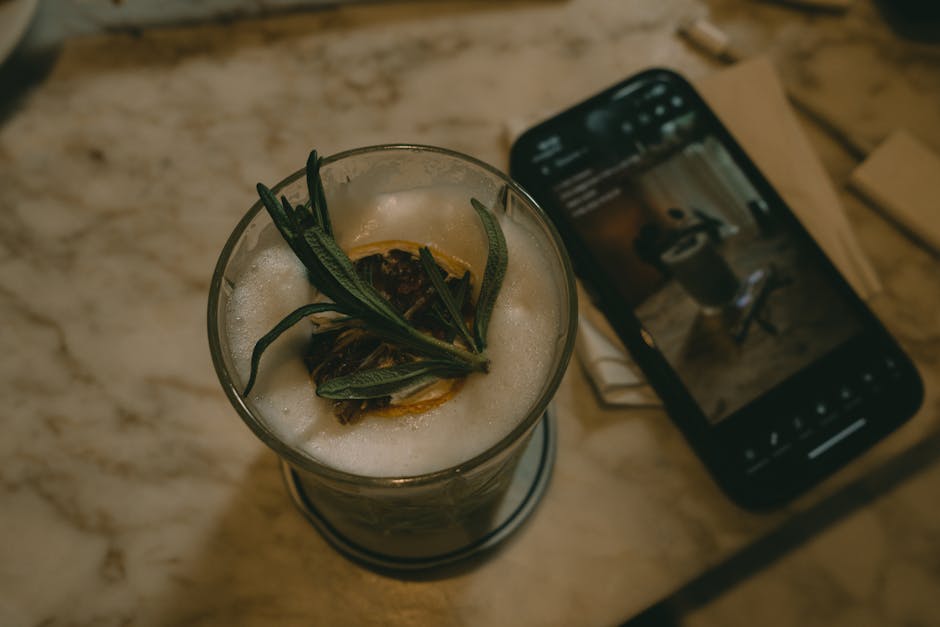The Role of Social Media in Shopping Trends
In today’s digital age, social media platforms have become more than just a way to connect with friends and share photos. They have transformed into powerful tools that shape consumer behavior, influence purchasing decisions, and drive shopping trends. From Instagram to Pinterest, Facebook to TikTok, social media channels play a significant role in how we shop, what we buy, and why we buy it. In this article, we will delve into the intricate relationship between social media and shopping trends, exploring the various ways in which these platforms impact our consumer habits.
The Rise of Social Commerce

Social commerce, the integration of social media and e-commerce, has revolutionized the way we shop online. With the rise of platforms like Instagram Shopping and Facebook Marketplace, consumers can now discover, research, and purchase products without ever leaving their favorite social media apps. Brands are leveraging social media channels to showcase their products, engage with customers, and drive sales. Influencers and celebrities play a crucial role in promoting products to their followers, influencing purchasing decisions and creating trends in real-time.
According to a study by Hootsuite, 54% of social browsers use social media to research products, while 71% are more likely to make a purchase based on social media referrals. The seamless integration of shopping features within social media platforms has made it easier than ever for consumers to discover new products, read reviews, and make informed buying decisions.
The Power of Influencer Marketing

Influencer marketing has become a cornerstone of social media shopping trends, with influencers collaborating with brands to promote products and drive sales. From beauty gurus showcasing the latest skincare products to fitness influencers endorsing athleisure wear, influencers hold a considerable sway over their followers’ purchasing decisions. The authenticity and relatability of influencers make them valuable assets for brands looking to reach their target audience and increase brand awareness.
A survey by Mediakix found that 89% of marketers believe influencer marketing ROI is comparable to or better than other marketing channels. Influencers not only help drive sales but also create buzz around products, generate user-generated content, and foster a sense of community among their followers. As social media continues to evolve, influencer marketing will play an increasingly vital role in shaping shopping trends and consumer behavior.
Personalized Shopping Experiences

Social media algorithms are designed to curate personalized content based on users’ interests, behaviors, and demographics. This personalized approach extends to shopping experiences, with platforms like Pinterest and Facebook tailoring product recommendations to individual preferences. By analyzing users’ browsing history, likes, and interactions, social media platforms can suggest products that align with their interests, making the shopping experience more seamless and enjoyable.
Research by Accenture found that 91% of consumers are more likely to shop with brands that provide personalized offers and recommendations. Social media’s ability to deliver personalized shopping experiences not only enhances customer satisfaction but also increases conversion rates and fosters brand loyalty. As consumers seek more tailored shopping experiences, brands will need to leverage social media data to deliver hyper-personalized recommendations and promotions.
Social Proof and User-Generated Content

Social proof, the psychological phenomenon where people assume the actions of others in an attempt to reflect correct behavior, plays a significant role in shaping shopping trends on social media. User-generated content, such as reviews, testimonials, and unboxing videos, provides social proof that validates a product’s quality and authenticity. Consumers are more likely to trust recommendations from their peers than traditional advertising, making user-generated content a powerful tool for brands looking to build credibility and trust.
A study by BrightLocal found that 91% of consumers trust online reviews as much as personal recommendations. By encouraging customers to share their experiences on social media, brands can leverage user-generated content to influence purchasing decisions and drive sales. Platforms like Instagram Stories and TikTok enable users to create authentic, engaging content that showcases products in real-life settings, resonating with consumers and driving engagement.
The Future of Social Shopping
As social media continues to evolve, so too will the role it plays in shaping shopping trends. From the rise of live shopping events to the integration of augmented reality technology, the future of social shopping holds endless possibilities. Brands will need to stay agile and innovative, leveraging emerging trends and technologies to engage with consumers and drive sales.
According to eMarketer, social commerce sales in the US are projected to reach $36.62 billion by 2023, highlighting the growing importance of social media in the retail landscape. With the rise of social shopping features like shoppable posts, live streaming, and in-app purchases, social media platforms are becoming one-stop shops for consumers looking to discover and purchase products seamlessly.
Common Misconceptions
One common misconception about social media’s role in shopping trends is that it only influences impulse purchases. While social media can certainly drive impulse buys, it also plays a significant role in research-driven purchases. Consumers use social media to discover new products, compare prices, read reviews, and seek recommendations from friends and influencers before making informed buying decisions.
Another misconception is that social media shopping trends are fleeting and short-lived. While some trends may come and go quickly, others have a lasting impact on consumer behavior and preferences. Brands that can adapt to changing trends and consumer preferences will be better positioned to succeed in the competitive social commerce landscape.
Conclusion
In conclusion, social media has transformed the way we shop, interact with brands, and make purchasing decisions. From personalized shopping experiences to influencer marketing, social proof, and user-generated content, social media plays a multifaceted role in shaping shopping trends and driving consumer behavior. As social commerce continues to evolve, brands must embrace innovation and leverage the power of social media to engage with customers, build brand loyalty, and drive sales.
Whether you’re a brand looking to reach new customers or a consumer seeking inspiration and recommendations, social media has become an indispensable tool in the shopping landscape. By understanding the role of social media in shopping trends, you can stay ahead of the curve, make informed buying decisions, and navigate the ever-changing world of social commerce with confidence.
Remember, the next time you scroll through your favorite social media feed, you may just stumble upon your next must-have purchase, thanks to the influential power of social media in shaping shopping trends.




